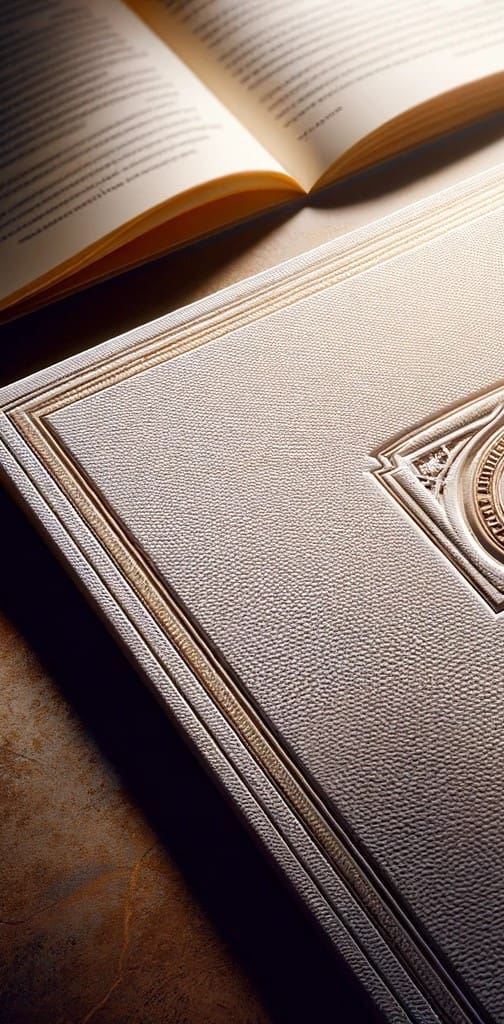In a world where digital communication has become the norm, the tactile feel of a document can significantly enhance the message it carries. Textured paper, often overlooked, holds a subtle power that can elevate your corporate communications, leaving a lasting impression on its recipients. Whether you are an office manager, an admin assistant, or a small business owner, understanding how to effectively utilize textured paper can set your communications apart, imbuing them with a sense of prestige, professionalism, and care that digital communications often lack. This guide will walk you through selecting the right texture for your brand, applying it across various corporate communications, and incorporating design elements that harmonize with textured paper.
The Importance of Non-Verbal Cues in Business Communications
Non-verbal cues in business are silent yet powerful communicators. The texture of paper can evoke feelings of luxury, stability, or innovation, depending on its nature. For instance, a thick, linen-textured paper might convey tradition and luxury, suitable for a law firm or a high-end consultancy. Conversely, a light, recycled texture speaks to sustainability, perfect for eco-conscious brands. By aligning the tactile experience of your communications with your company’s ethos, you not only reinforce your brand identity but also create memorable encounters for the recipient.
 Matching Paper Textures with Your Company’s Branding and Values
Matching Paper Textures with Your Company’s Branding and Values
Choosing the right texture should be as deliberate as choosing your company’s colors or logo. It’s an extension of your brand that appeals to the tactile senses. Here’s how to do it:
- Understand the Message Each Texture Conveys: Linen textured paper suggests sophistication; laid textures imply tradition; while smooth, heavy-weight papers might be seen as modern and sleek.
- Consider the Purpose: High-touch points with clients, like business cards or proposals, deserve special consideration for textured paper. These are opportunities to impress.
- Reflect Your Brand’s Values: If sustainability is a cornerstone of your brand, opt for recycled paper textures. For luxury brands, a heavier, more distinctive texture might be appropriate.
Applications of Textured Paper in Corporate Communications
Not every document needs textured paper; its use should be strategic, enhancing important touchpoints in your corporate communications.
- Business Cards: Leave a tangible reminder of your brand that feels as good as it looks.
- Annual Reports: Show stakeholders the strength and stability of your company with paper that has a presence.
- Proposals and Contracts: Signal the importance of the document and the professionalism of your company.
DIY Design Tips: Incorporating Brand Elements Without Overwhelming the Texture
Designing for textured paper requires a balance. Here are some tips:
- Complement, Don’t Compete: Let the texture enhance your design, not overshadow it. Use colors and fonts that work well with the chosen texture.
- Test and Adjust: Print test runs to see how your design interacts with the texture. Adjust your design as needed to ensure legibility and aesthetic harmony.
Exploring Our Range of Textured Paper Options
 We conclude by inviting you to explore our range of textured paper options. With various textures available, finding the perfect match for your corporate communications can significantly impact your brand’s perception.
We conclude by inviting you to explore our range of textured paper options. With various textures available, finding the perfect match for your corporate communications can significantly impact your brand’s perception.
Elevate your corporate communications with the perfect textured paper.
Contact us today for samples and find the texture that best conveys your brand’s message and values.
1-800-626-5222 ~ church.stage.webservice.team
Harnessing the subtle power of textured paper in your corporate communications can significantly enhance your brand’s image and the impact of your message. By carefully selecting the right texture, applying it thoughtfully across your communications, and balancing design elements, you can create memorable, tactile experiences that resonate with your audience. Remember, in a digital world, the touch of paper can leave a lasting impression, making your message not just seen but felt.

